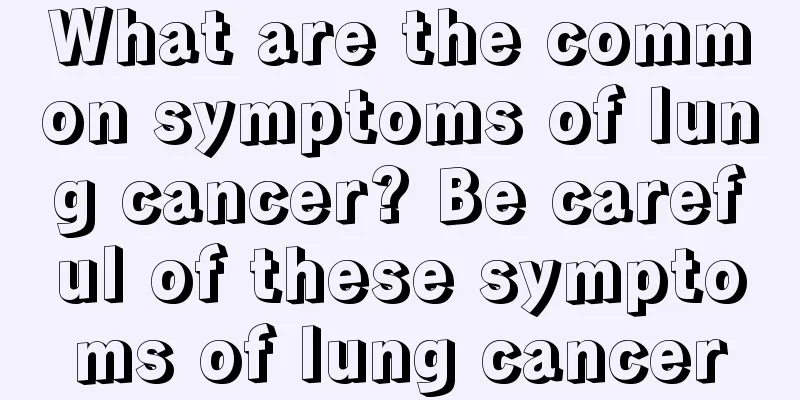What harm does gasoline do to the skin?

|
Gasoline is the main fuel for transportation in life, and many companies use gasoline as a solvent. It can also be used to clean oil stains on chickens. Gasoline has no color and is very volatile. It has a very low melting point and will not dissolve with water. Therefore, once gasoline burns, water must not be used to put out the fire. So what harm does gasoline do to the skin? First, what harm does gasoline do to the skin? When hands and skin are in frequent contact with gasoline, the skin will be damaged due to the degreasing effect of gasoline, and symptoms such as dryness, roughness, keratinization, cracking, nail decay, hair loss, dermatitis, and eczema may appear. Second, the composition of gasoline is very complex, and long-term exposure to it can cause a variety of harmful effects on the body (individual reasons). The most important and common are the symptoms of lead poisoning and some symptoms like vitamin deficiency. The root cause is all due to lead. In addition, because gasoline is volatile, it often causes respiratory diseases, such as pneumonia and emphysema, and some people may also experience skin allergies. There are three ways for gasoline to enter the body: inhalation, ingestion, and percutaneous absorption. Gasoline is an occupational hazard. According to the Occupational Disease Prevention and Control Law, people who come into contact with gasoline must undergo regular physical examinations. What harm does gasoline do to the skin? The above content introduces it, protective measures, such as respiratory protection: generally no special protection is required, and a self-priming filter-type gas mask (half mask) can be worn when exposed to high concentrations. Eye protection: Generally no special protection is required. Chemical safety glasses can be worn when exposed to high concentrations. Personal protection: Wear anti-static work clothes. Hand protection: Wear benzene and oil resistant gloves. Others: Smoking is strictly prohibited at the work site. Avoid prolonged and repeated exposure. First aid measures: In case of skin contact: Take off contaminated clothing immediately and rinse skin thoroughly with soap and water. Seek medical attention. Eye contact: Immediately lift the eyelids and rinse thoroughly with plenty of running water or saline for at least 15 minutes. Seek medical attention. Inhalation: Move quickly away from the scene to fresh air. Keep the airways open. If breathing is difficult, give oxygen. If breathing stops, perform artificial respiration immediately. Seek medical attention. Ingestion: Give milk or use vegetable oil for gastric lavage and enema, seek medical attention. |
<<: What are the benefits of ostrich oil
>>: How to massage the face for facial paralysis
Recommend
There is a pustule inside the eyelid
As the saying goes, eyes are windows to the soul,...
How to care for lung cancer after surgery? Daily care methods for lung cancer recovery after surgery
After the lung cancer surgery is completed, daily...
How long after laparoscopic surgery for teratoma can I drink alcohol
It is recommended to avoid drinking alcohol for a...
How long does it take for blood to reach the heart after an intravenous injection?
Intravenous injection is a common treatment metho...
How to treat breast cancer
Breast cancer is a systemic disease that generall...
How to treat swollen lymph nodes in the jaw
The treatment of swollen lower lymph nodes should...
Can coffee help sober you up
From the perspective of sobering up, coffee can i...
The correct way to use perfume
Perfume is very common, and there are many types ...
What are the methods to regulate the stomach and intestines?
Friends who have poor stomachs may ask this quest...
What causes breast cancer
The causes of breast cancer are closely related t...
Experts explain what are the common symptoms of lung cancer
Lung cancer is a common disease among middle-aged...
Endocrine disorders are the early symptoms of brain cancer
Brain cancer refers to the growth of new organism...
What are the methods for making sparkling water?
Sparkling water is a type of water with extremely...
How to calculate sugar content
Most of the food that humans eat in life contains...
There are red bumps on my feet that are very itchy
When red bumps and itchiness appear on our feet, ...









